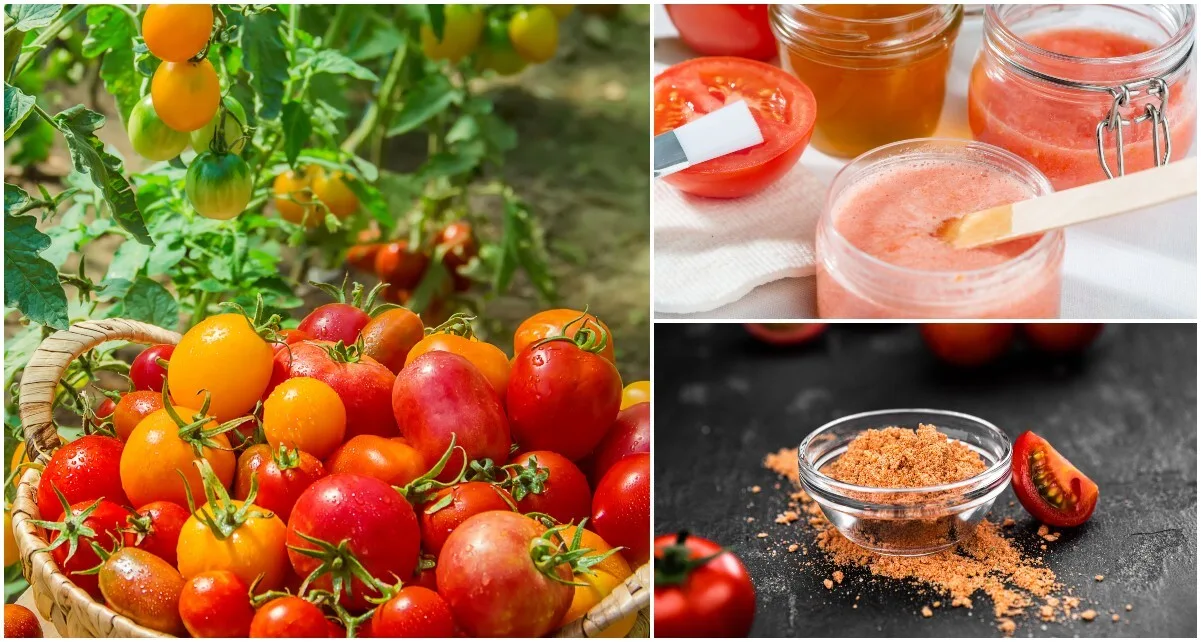
It can be incredibly discouraging nurturing along tomatoes with dreams of thick BLTs and juicy slices topped with mozzarella and basil, only to come out one morning and find a big ugly crack down the side.
It seems to happen overnight, too, and always right before they’re ready to pick.
Let’s look at what causes grown gardeners to cry and tomatoes to split and what you can do to prevent it.
Tomato Splitting
Yes, even the most seasoned gardeners lose a few perfect fruits to unexpected splits. It seems none of us are immune. Tomato splitting is pretty common during hot, dry summers. It’s one of the many issues that pop up with tomatoes. However, It’s the lack of water that’s the real problem, rather than the heat.
Tomatoes need consistent access to water to grow big and juicy.
When you get periods of drought followed by sudden heavy rainfall, tomatoes split and crack because the fruit takes up water faster than the skin can grow to accommodate it. If this process of long dry spells with sudden bouts of rain happens all summer, you can look forward to a season of cracked tomatoes.
And, no, you’re not imagining it; it does always seem to happen to that one big juicy tomato you’ve had your eye on for weeks. While it does happen with green tomatoes, too, tomato splitting happens most often in nearly ripe tomatoes.
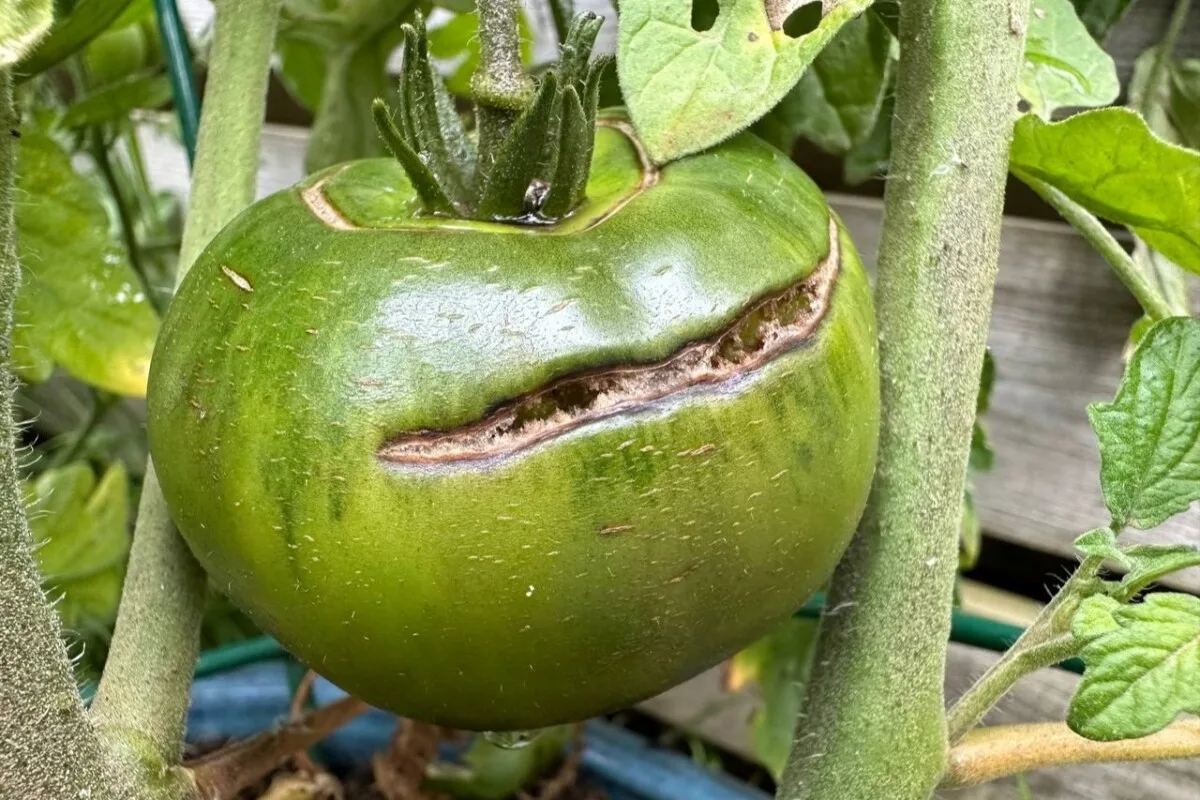
Nutrient Deficiencies
Tomatoes deficient in calcium and potassium are also more likely to be susceptible to cracking and splitting. Although, if you regularly add compost to your soil, this is unlikely to be the case. Before you assume your soil is deficient and start adding amendments, it’s always best to have your soil tested.
Radial or Concentric?
My beautiful tomato is split open, Tracey; who cares what direction it’s split in?
Well, how it’s split can give you some clues as to why it split. And that will help us prevent more tomatoes from splitting in the future.
Radial cracks, as the name implies, radiate down the side of the tomato, causing a vertical split in the fruit. This is the most common type of cracking you’ll find after heavy rain in tomatoes that are mostly ripe. I’ve even picked tomatoes after a week of rain and had them split in my hand as I pulled them from the vine.
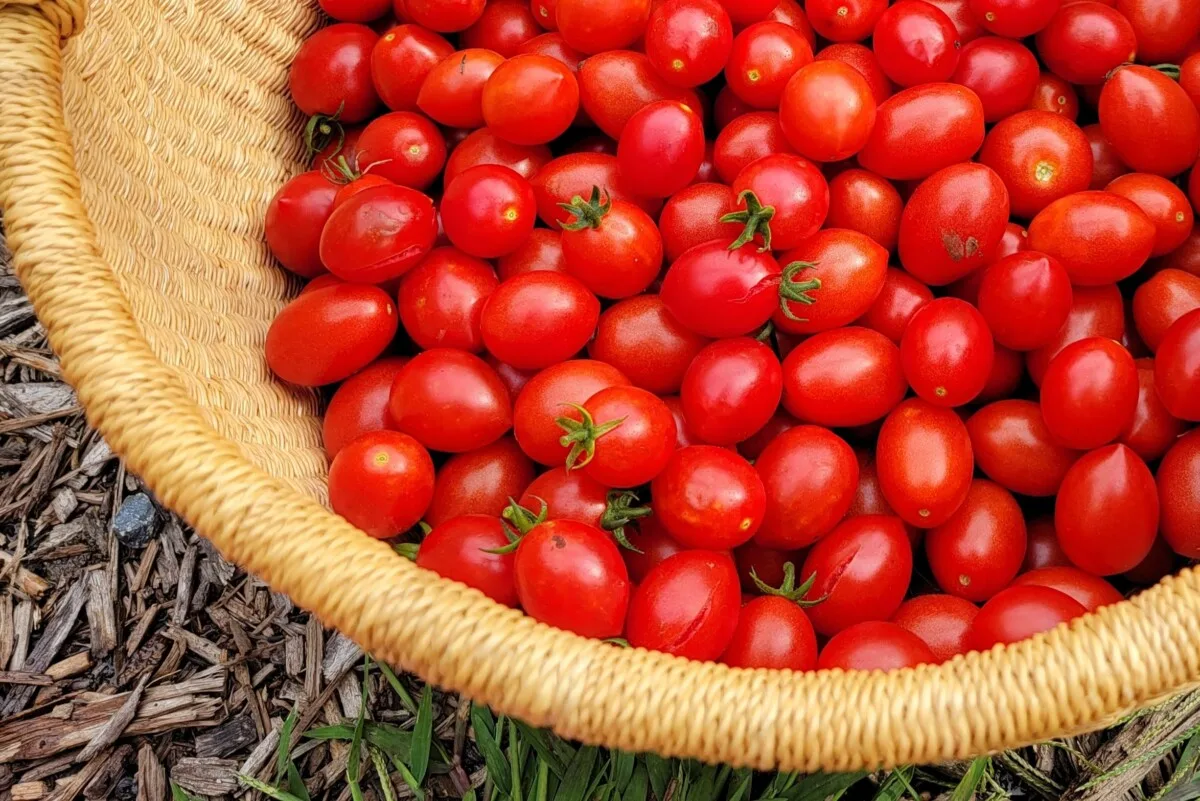
You’ll want to use tomatoes with radial cracks as soon as possible.
Concentric cracks are most common on the tops of tomatoes (and with green tomatoes), starting at the stem. They radiate out from the stem in circles around the shoulders of the tomato. This type of cracking develops slower and happens due to irregular growth or nutrient deficiencies. The cracks often heal over as the tomato stops and starts growing; again, this is usually correlated with inconsistent watering during fruit development.
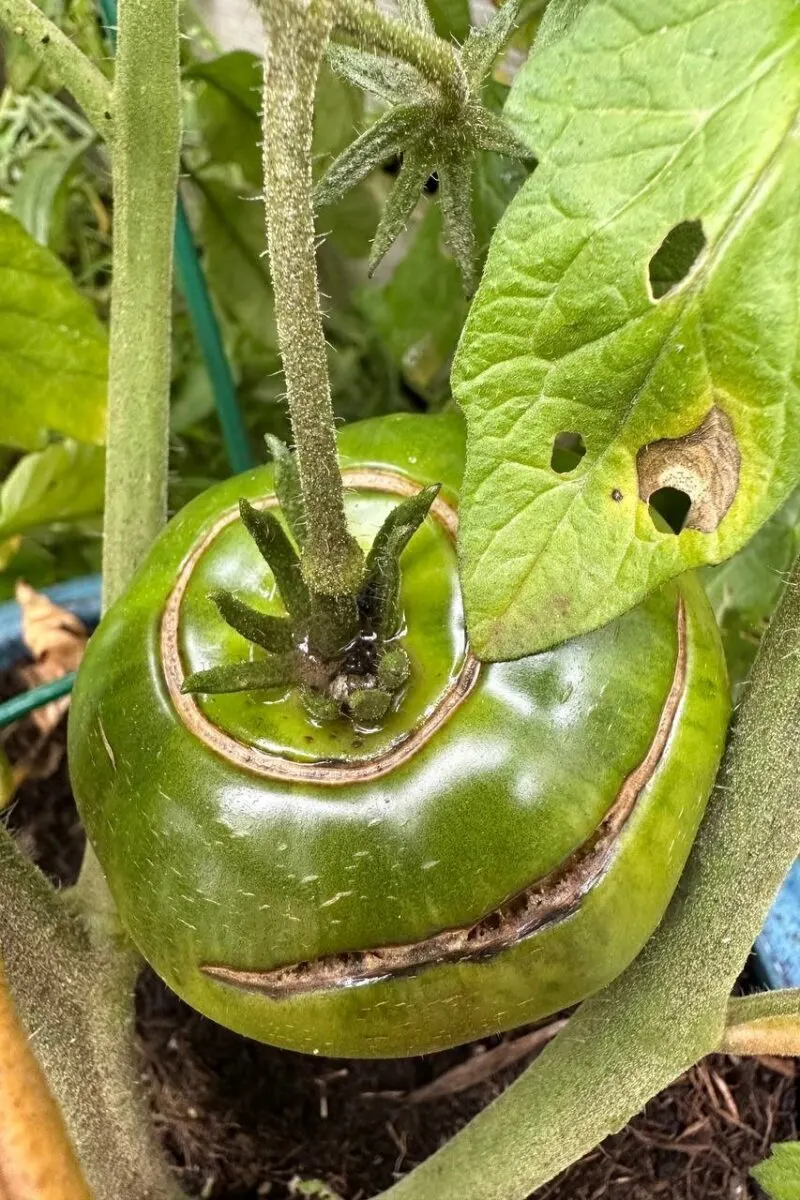
While concentric cracks generally heal over, leaving a scar, they open up the tomato to water loss, making for a less flavorful fruit overall.
If you notice concentric cracking while a tomato grows, the mature fruit is more likely to split with heavy rain once it’s nearly ripe.
Catfacing
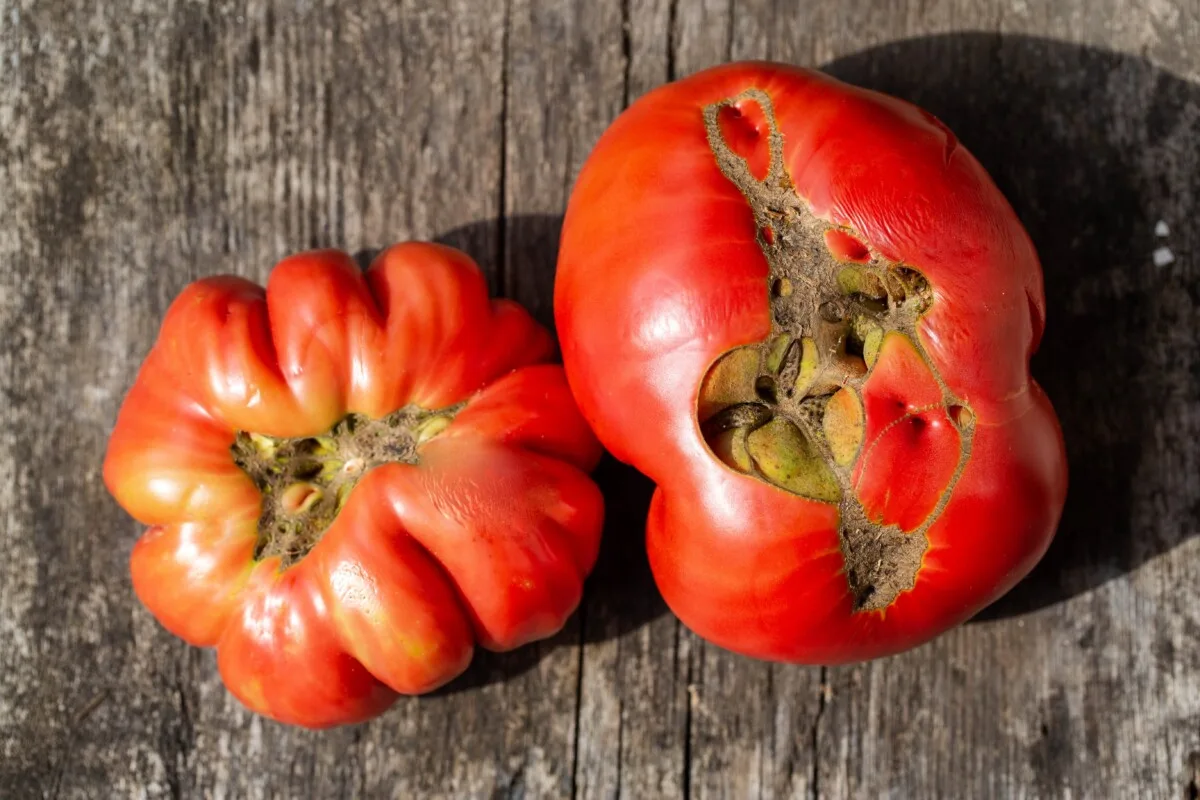
Not to be confused with splitting, catfacing is scarring and deformation of tomatoes at the sight of the blossom scar. This issue is more common in heirloom varieties and has little to do with water.
The problem usually starts when tomatoes are seedlings and has more to do with temperature. If you’ve got catfaced tomatoes rather than split tomatoes, you’ll want to read all about it here.
Here’s What You Can Do to Prevent Split Tomatoes
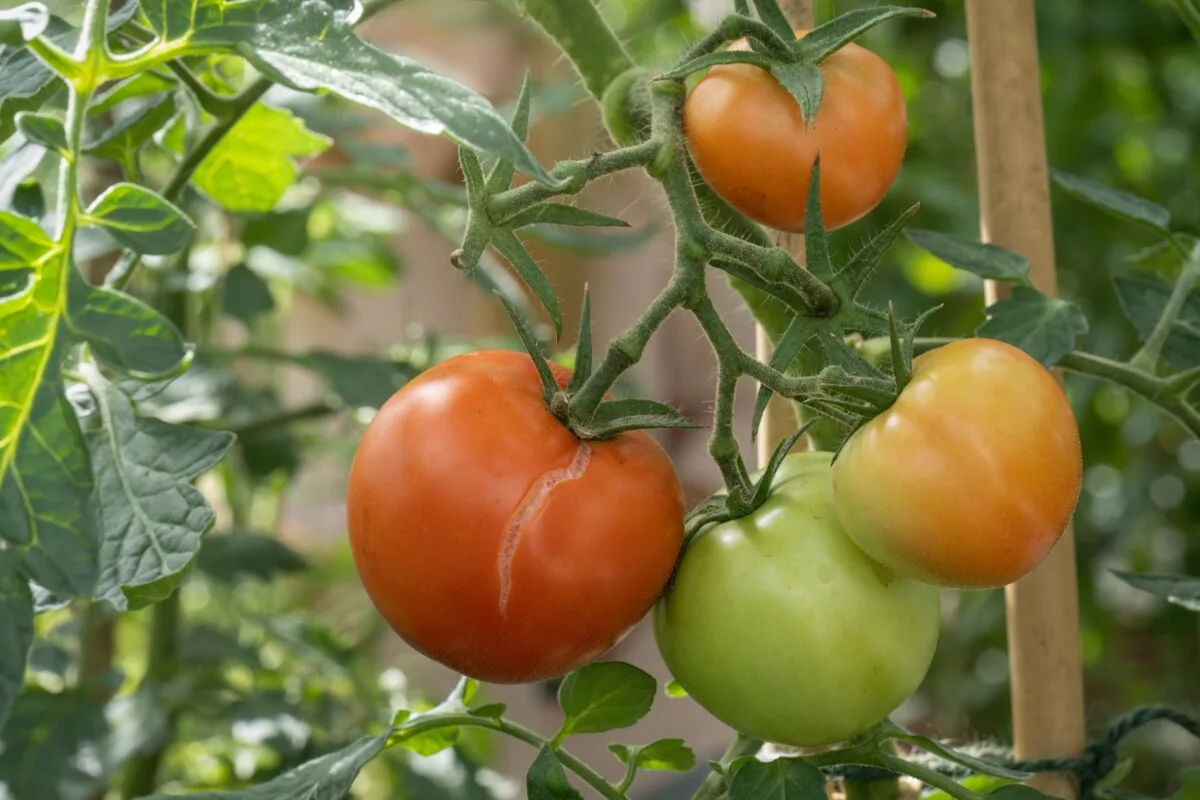
1. Grow Crack-resistant Varieties.
While heirloom varieties grow more popular each year, don’t turn your nose up at hybrids. Many hybrid varieties, as well as offering better disease resistance, are also bred to be crack-resistant.
2. Provide Consistent Watering
The main reason tomatoes split isn’t because they’re getting too much water; it’s because they haven’t been getting water consistently. The skin can’t keep up with the rapid growth of the fruit brought on by a sudden influx of water after a long period without it.
Tomatoes do better with consistent, deep waterings.
If the weather isn’t cooperating, you’ll need to supplement by hand watering or installing irrigation. By regularly watering the fruit, it will grow at a steady rate, leading to larger, healthier tomatoes that are less prone to splitting. Burying tomatoes deeply when you plant them can also help, as they will have access to water much deeper in the soil.
3. Mulch Your Tomatoes
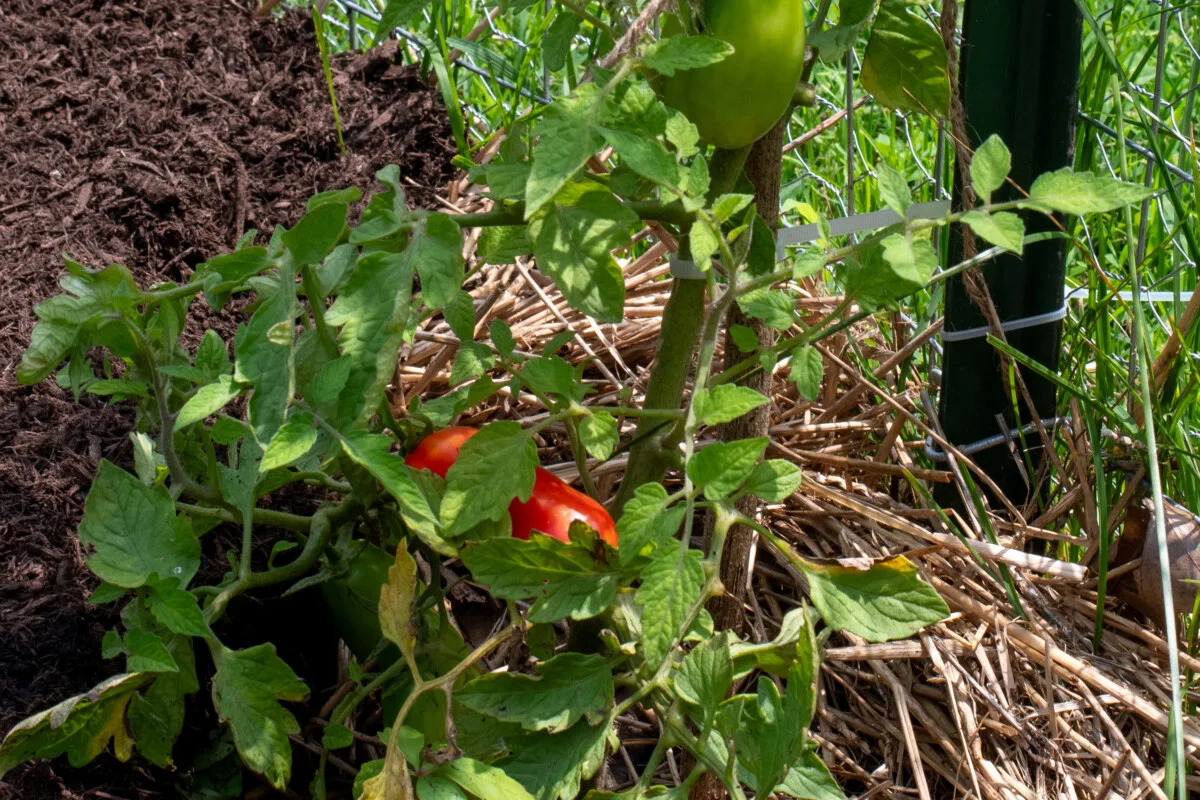
Even if you don’t mulch anything else in your garden, mulch your tomatoes. Water evaporates quickly from bare soil. Mulching will help keep water where it belongs, in the soil where your tomatoes can access it as needed. You’ll also have fewer weeds to deal with.
Need mulch ideas? Here are 19 different types of mulch you can use.
4. Pick Tomatoes Early and Often
As we’ve already mentioned, those beautiful, almost-ripe tomatoes are so often the ones that end up splitting. To avoid split tomatoes, don’t let them ripen on the vine. Tomatoes need warmth, not light, to ripen; 65-75 degrees is perfect. Pick tomatoes well past the breaker stage and let them finish ripening on your kitchen counter or in a cardboard box in the warm garage.
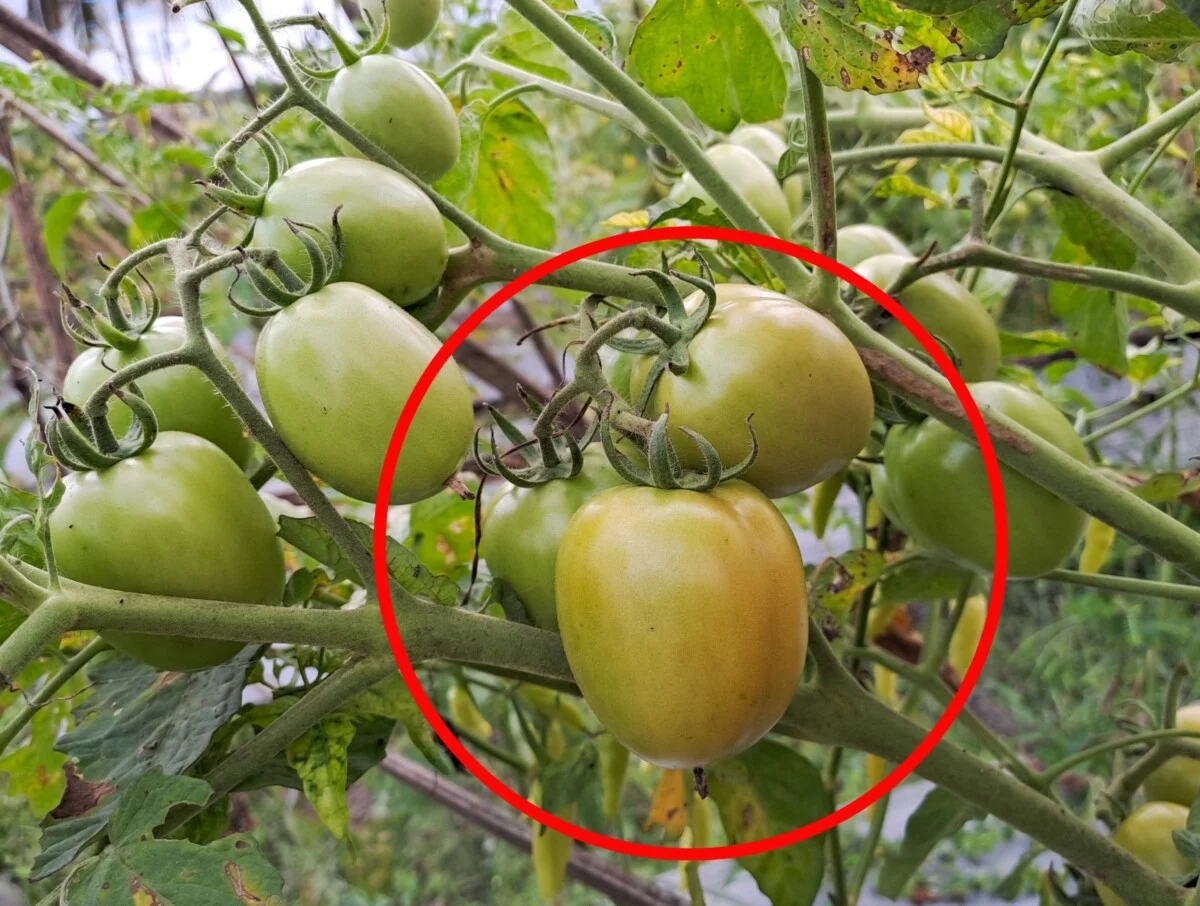
5. Pick Before Heavy Rain
Keep an eye on the forecast. If you’ve got a heavy rainfall coming your way, picking that handful of tomatoes you’ve been watching and waiting for is a good idea. They will finish ripening just fine on your counter as long as they are past the breaker stage.
If you get caught off guard and don’t have time to pick, you can cover tomatoes with a large tarp to keep the ground where they are growing from soaking up too much water.
6. Get Your Soil Tested
Having your soil tested by your local agricultural extension office or a mail-away lab test kit is the best option for getting reliable results. Not only will you have accurate test results, but you will also receive instructions on how to remedy any deficiencies in your soil. So you won’t be guessing.
Container-Grown Tomatoes
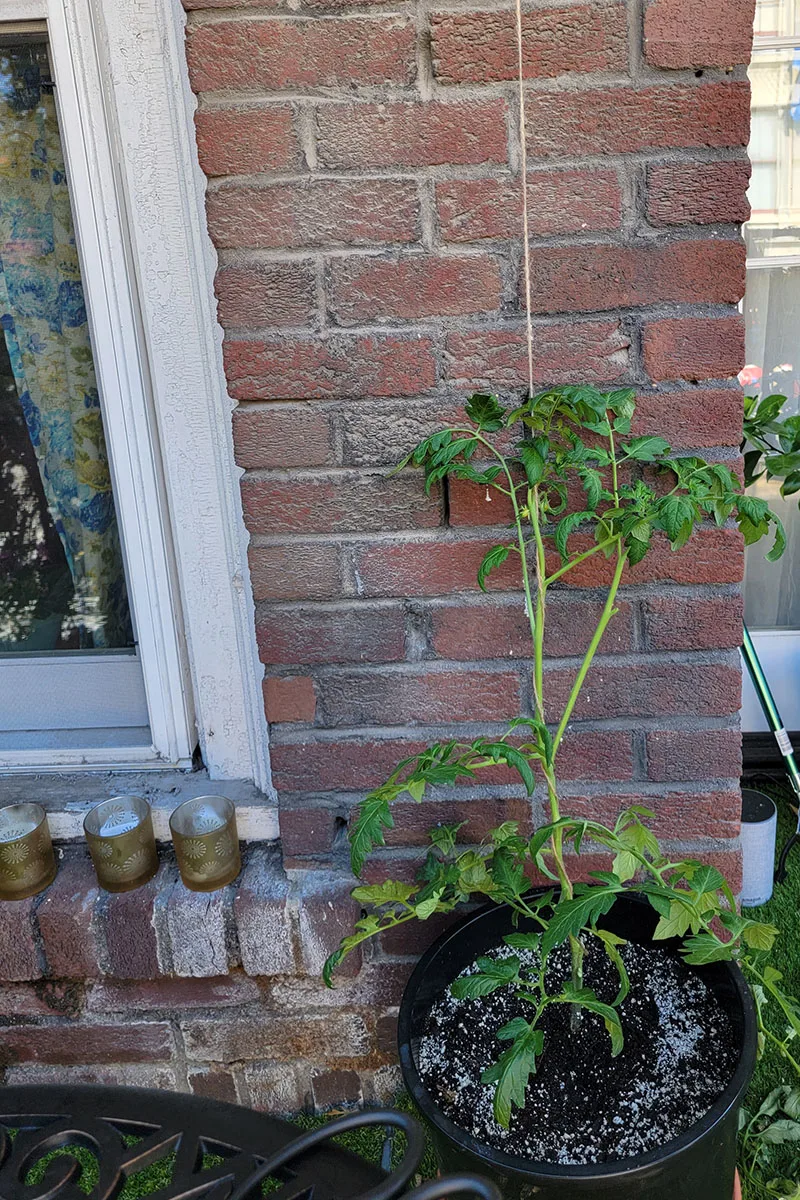
Just because you’re growing them in a container doesn’t mean you can’t mulch them. Container-grown tomatoes often go through wet and dry periods because of how quickly the soil dries out. Mulching will help.
Always use a container with a drainage hole. This will allow excess water to drain out. The soil will stay moist, but the plant won’t be sitting in standing water which could lead to split fruit if you’re lucky or root rot if you’re not.
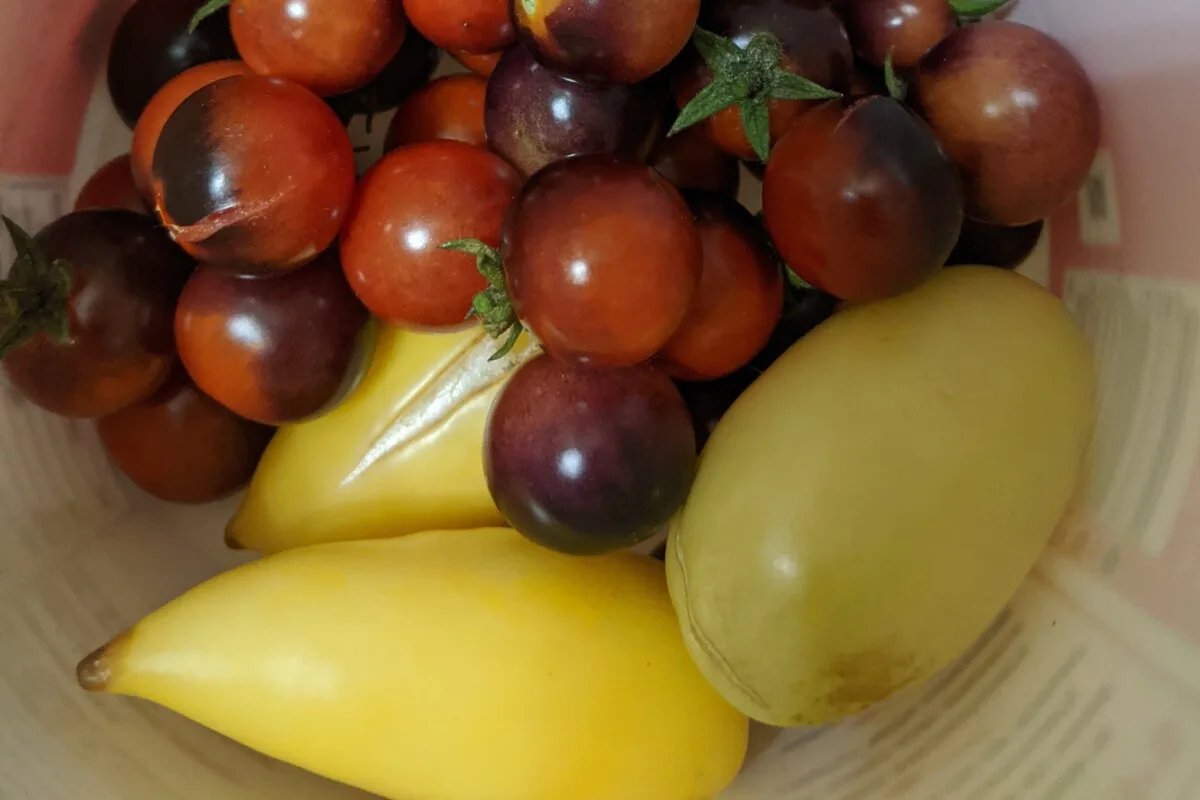
What Do I Do with Split Tomatoes?
You can still eat split tomatoes, although, you’ll have to harvest them quickly. Cracked tomatoes will quickly rot or become host to insects if you don’t pick them right away. It’s always a good idea to check your tomato plants over after a heavy rain and pick any that have split. Continue to check your plants for more split tomatoes over the next few days.
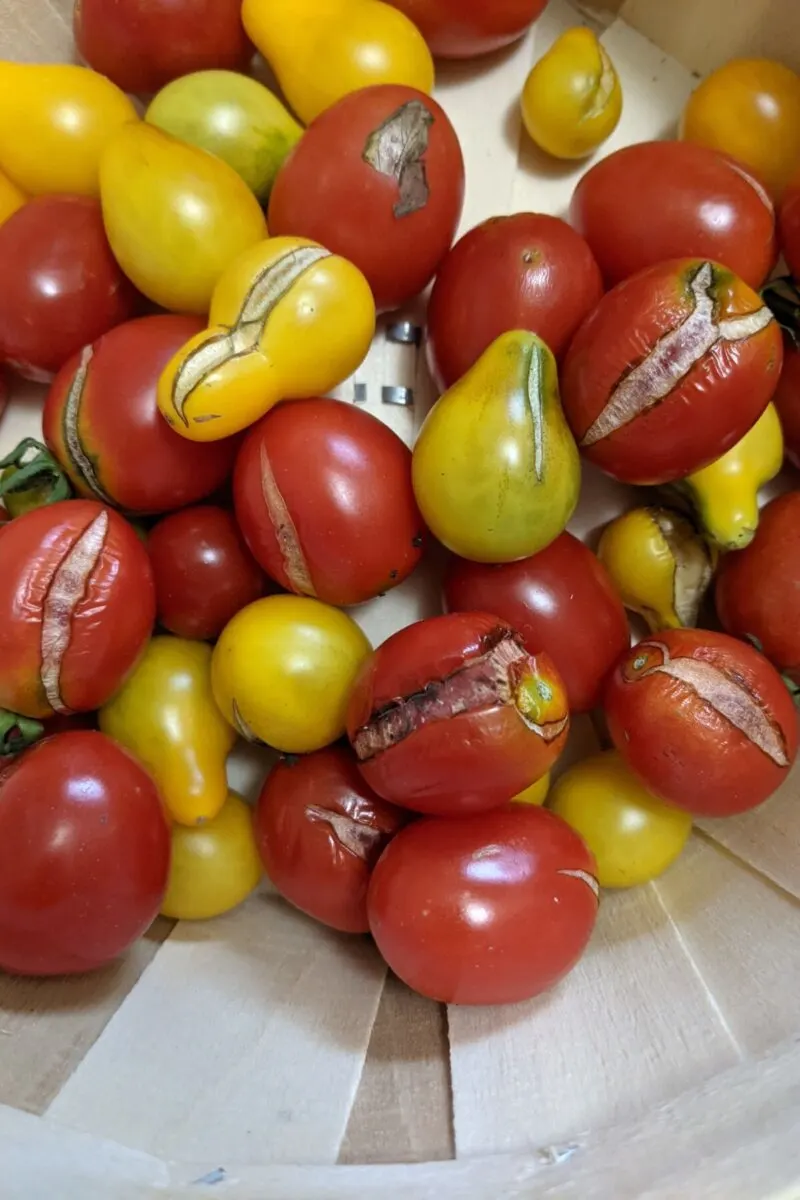
Use or preserve split tomatoes right away. Because of the crack, they are much more susceptible to rot and bacteria and will spoil faster.
Need inspiration for using up a bunch of split tomatoes all at once?

Get the famous Rural Sprout newsletter delivered to your inbox.
Including Sunday musings from our editor, Tracey, as well as “What’s Up Wednesday” our roundup of what’s in season and new article updates and alerts.


